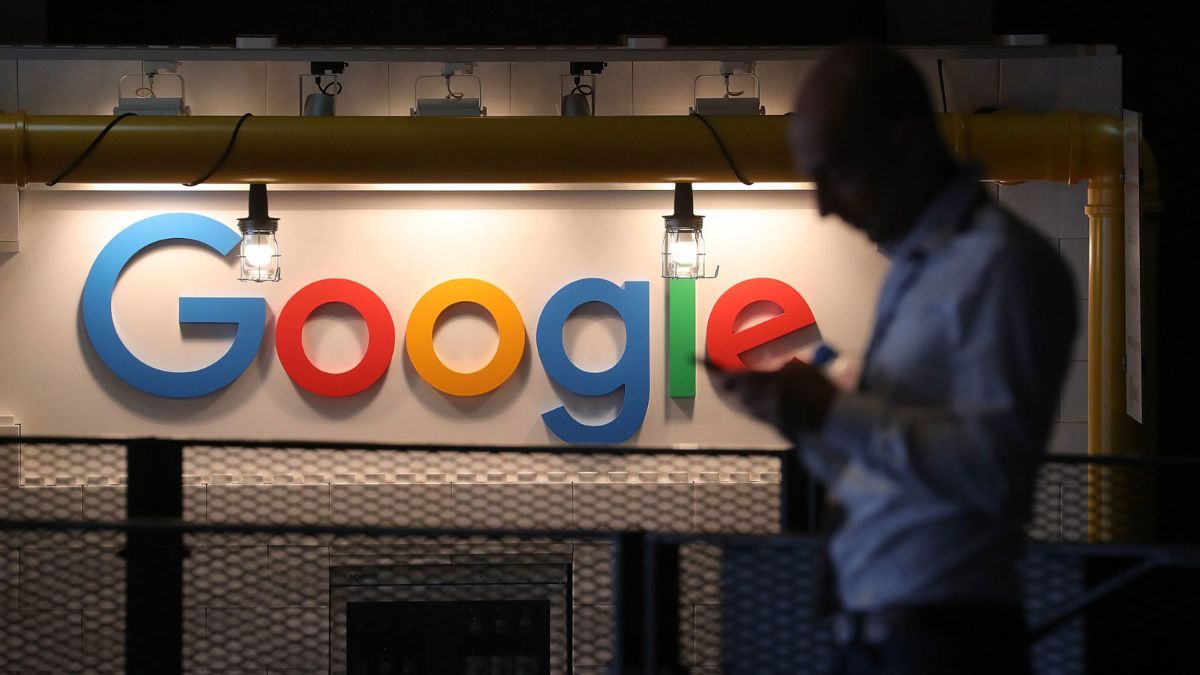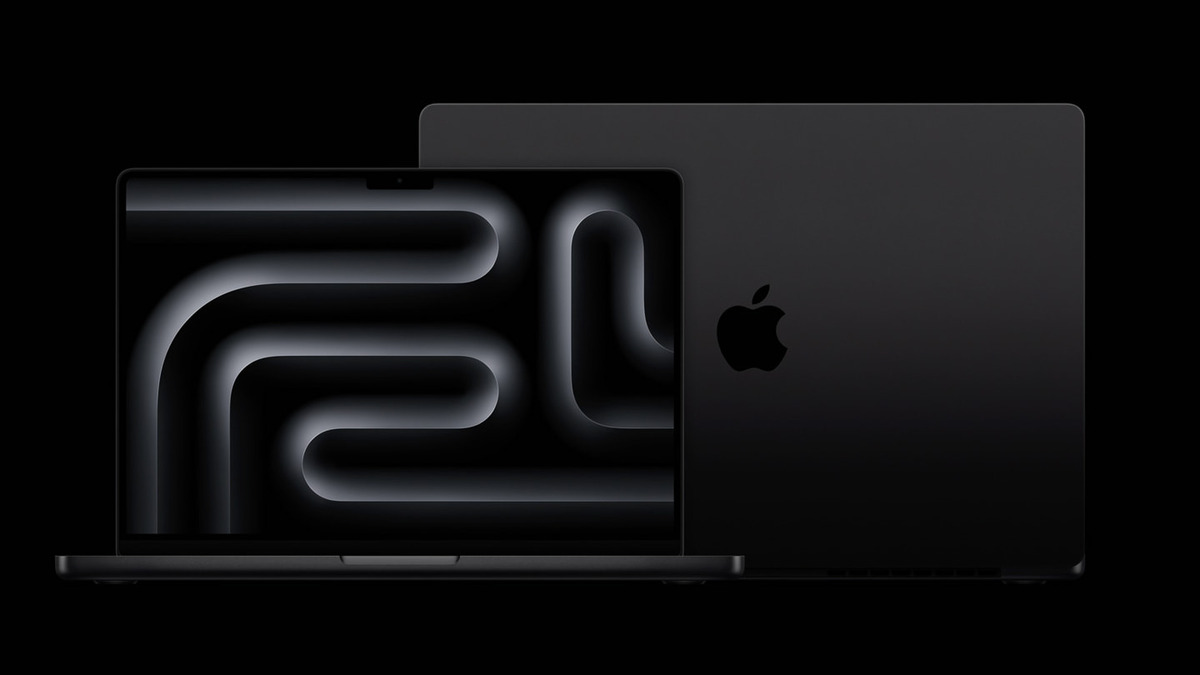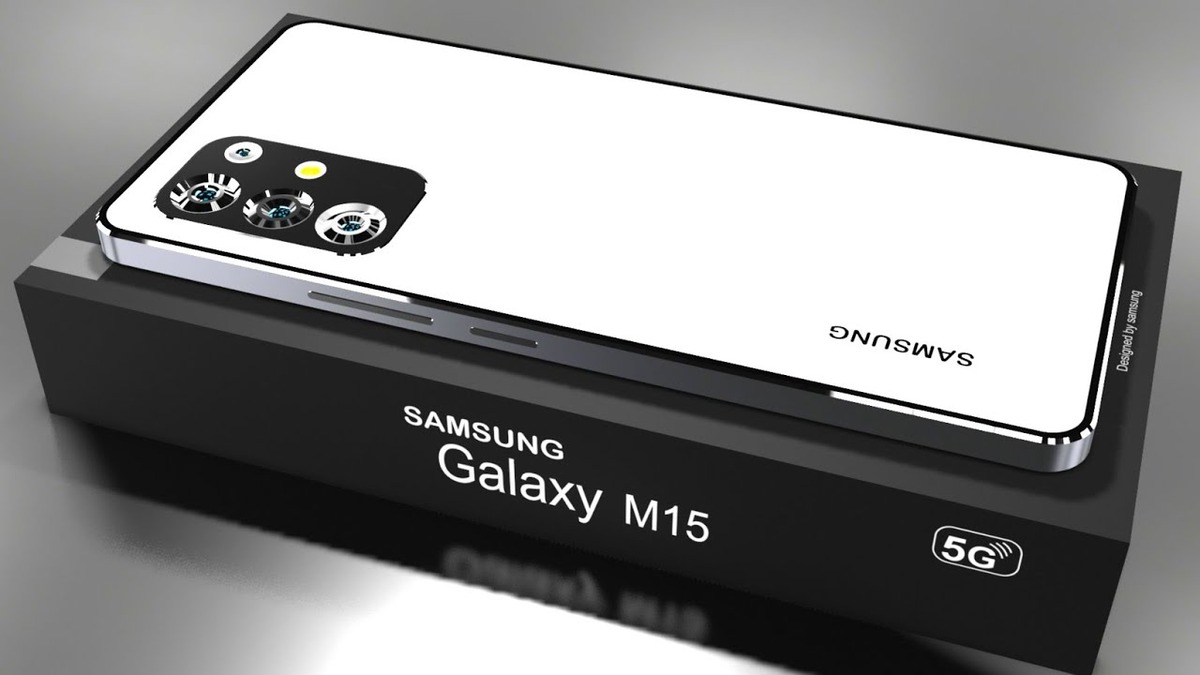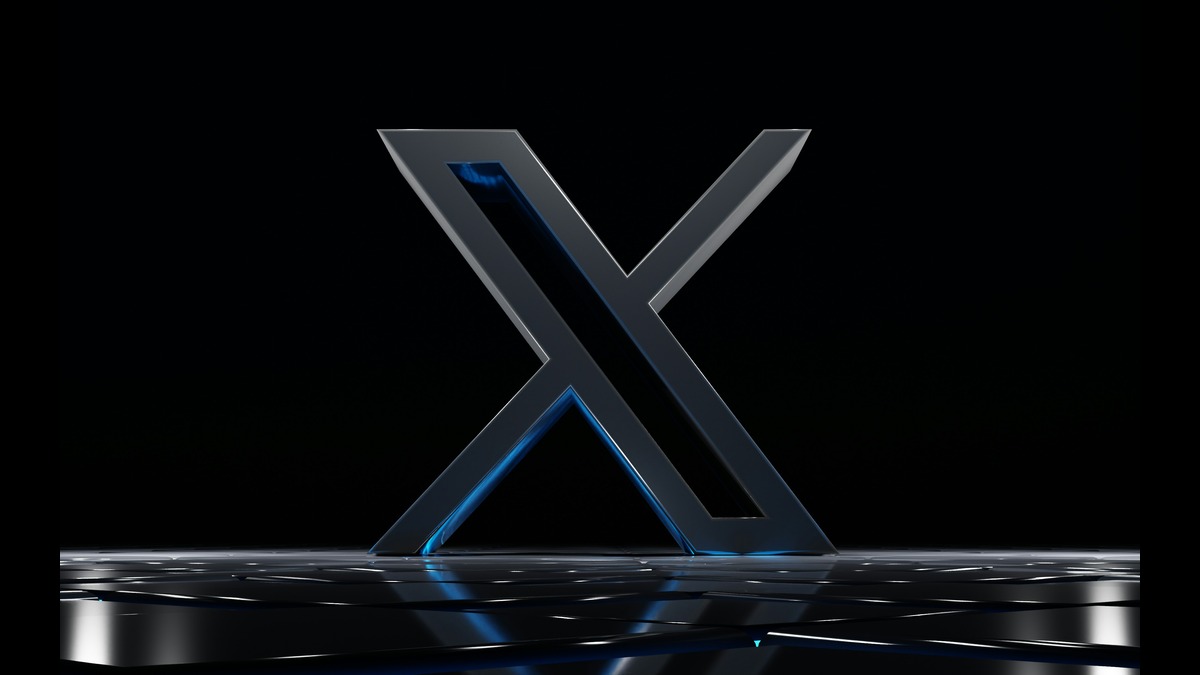
(Image credit- Smartprix) Designed to reduce en...
news-extra-space
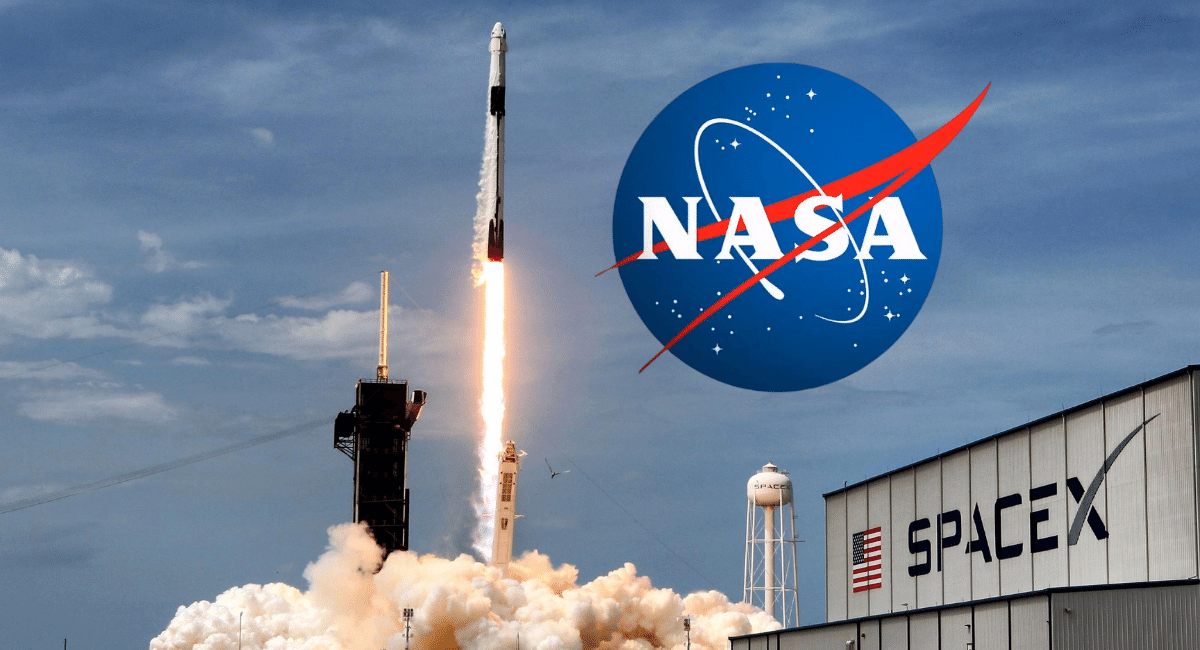
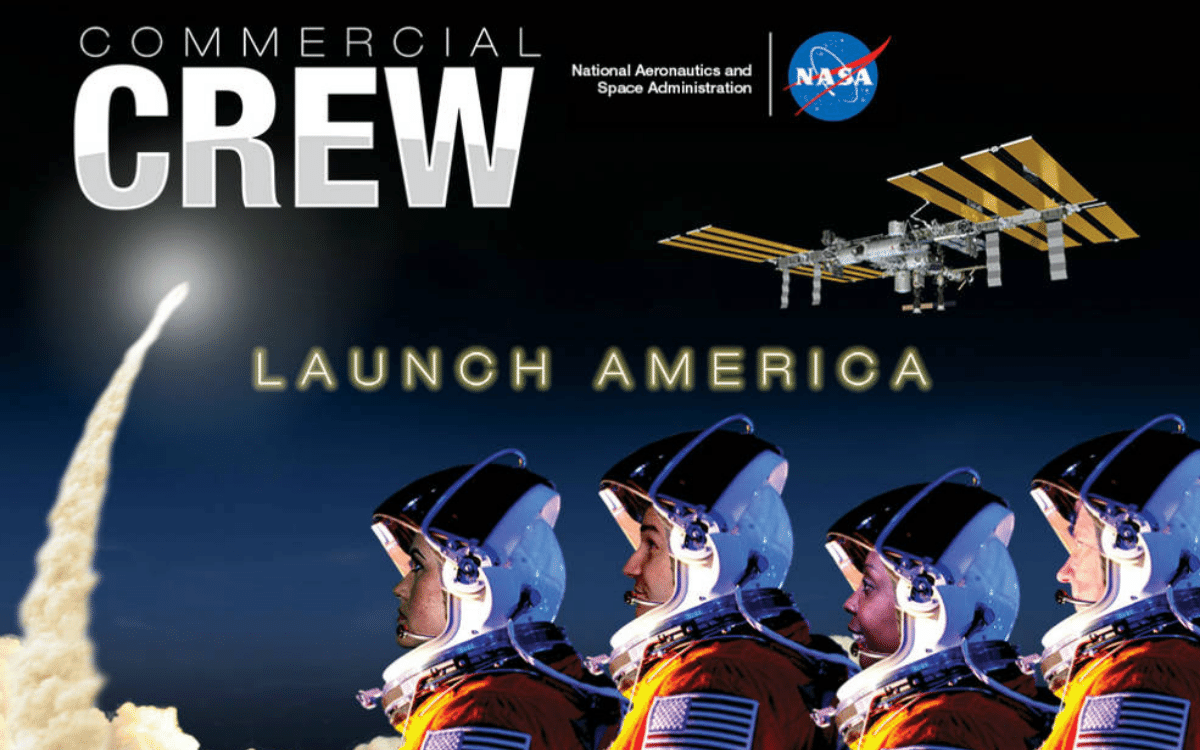 Moreover, Russia’s threat to cut off space station cooperation due to increasing geopolitical tensions over its invading Ukraine has led many to question whether it will be possible to keep the ISS operational through 2030. The reason is that Russia is the US’s primary partner on the ISS. But, NASA is adamant in its belief that the space stations will continue to operate as like nothing is amiss. Besides, the agency cannot completely take over ISS on its own as the Russian-controlled part offers the propulsion required to keep the space station in orbit. Thus, the contract extension with SpaceX cements NASA’s confidence that the ISS will remain operational through 2030.
Moreover, Russia’s threat to cut off space station cooperation due to increasing geopolitical tensions over its invading Ukraine has led many to question whether it will be possible to keep the ISS operational through 2030. The reason is that Russia is the US’s primary partner on the ISS. But, NASA is adamant in its belief that the space stations will continue to operate as like nothing is amiss. Besides, the agency cannot completely take over ISS on its own as the Russian-controlled part offers the propulsion required to keep the space station in orbit. Thus, the contract extension with SpaceX cements NASA’s confidence that the ISS will remain operational through 2030.
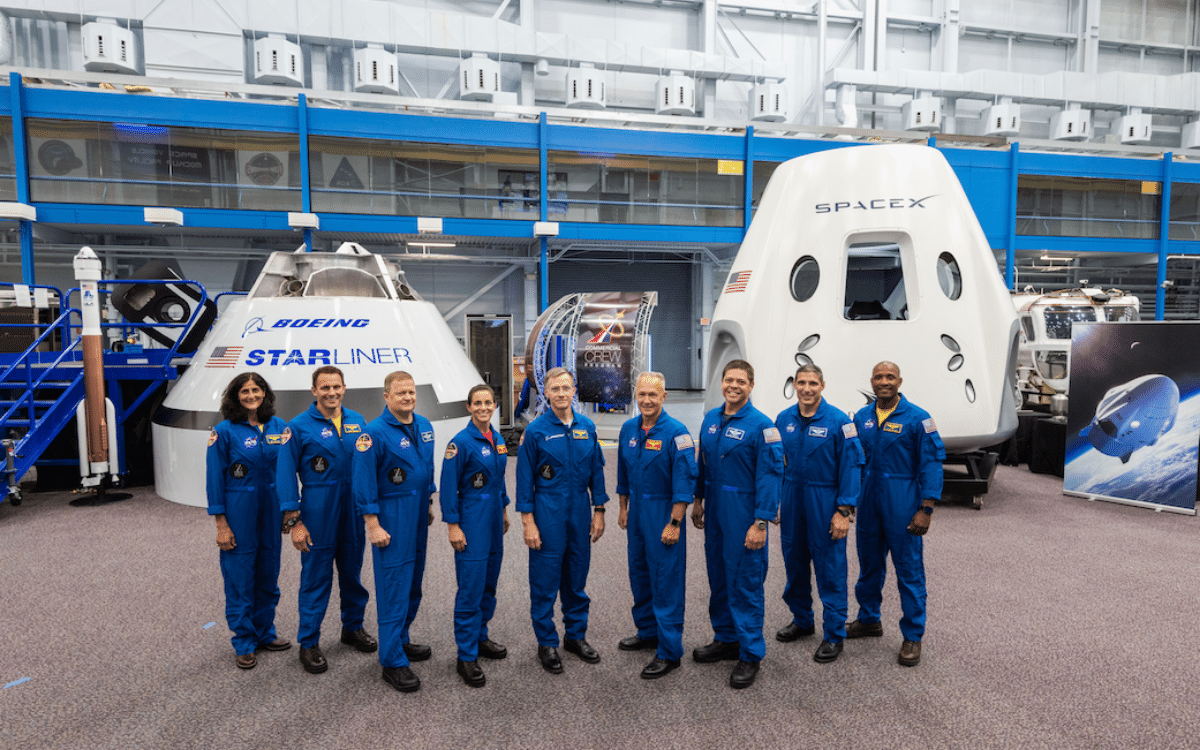 Additionally, NASA is still confident in Boeing. However, Phil McAllister, NASA's director of commercial space, stated the agency “needs additional missions from SpaceX to implement our strategy of having each commercial provider flying alternating missions once per year," when extending SpaceX's contract.
He said that NASA’s goal “has always been to have multiple providers for crewed transportation to the space station. And SpaceX has been reliably flying two NASA crewed missions per year. So, now we must backfill those flights to help safely meet the agency's long-term needs."
Additionally, NASA is still confident in Boeing. However, Phil McAllister, NASA's director of commercial space, stated the agency “needs additional missions from SpaceX to implement our strategy of having each commercial provider flying alternating missions once per year," when extending SpaceX's contract.
He said that NASA’s goal “has always been to have multiple providers for crewed transportation to the space station. And SpaceX has been reliably flying two NASA crewed missions per year. So, now we must backfill those flights to help safely meet the agency's long-term needs."
Leave a Reply

